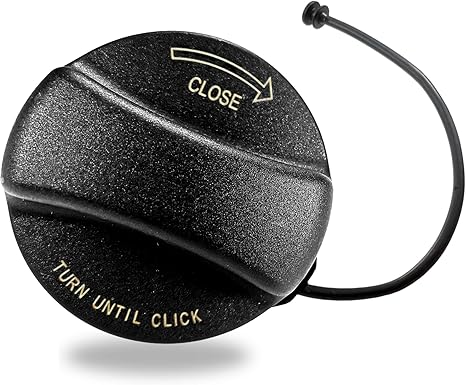
Warning: Undefined array key "_wpupa_attachment_id" in /home/u185508669/domains/yopost.com/public_html/wp-content/plugins/wp-user-profile-avatar/templates/wp-author-box-social-info.php on line 90
Warning: Trying to access array offset on value of type null in /home/u185508669/domains/yopost.com/public_html/wp-content/plugins/wp-user-profile-avatar/templates/wp-author-box-social-info.php on line 90

Gather the necessary tools and materials: You will need a new oil filter, a wrench, a drain pan, a funnel, a jack and jack stands, and new oil. Make sure that you have the correct type of oil specified in your vehicle owner’s manual.
Prepare your vehicle: Park your vehicle on a flat surface and engage the emergency brake. Allow the engine to cool down for a few hours if it has been running recently. Then, jack up the vehicle using a jack and secure it with jack stands.
Drain the old oil: Locate the oil drain plug, which is typically located on the bottom of the engine. Place the drain pan underneath the plug and loosen the plug with a wrench. Once the oil has finished draining, replace the plug.
Change the oil filter: The oil filter is typically located near the oil drain plug. Use the wrench to remove the old oil filter and replace it with a new one. Make sure that the new oil filter is properly tightened.
Refill the engine with new oil: Locate the oil filler cap, which is typically located on the top of the engine. Remove the cap and use a funnel to pour in the correct amount and type of new oil specified in your vehicle owner’s manual.
Check the oil level: Once you have filled the engine with new oil, use the dipstick to check the oil level. Add more oil if necessary until the level reaches the recommended range.
Start the engine: Start the engine and allow it to run for a few minutes to circulate the new oil throughout the engine. Check for any leaks around the oil drain plug and oil filter.
Lower the vehicle: Carefully remove the jack stands and lower the vehicle back onto the ground.
Dispose of the old oil: You should dispose of the old oil and filter in accordance with local regulations. Many auto parts stores and service centers will accept used oil for recycling.
It’s important to note that these steps are general and you should always consult your vehicle owner’s manual for specific instructions and recommendations. If you are unsure about any step of the process, it’s best to seek professional assistance.





